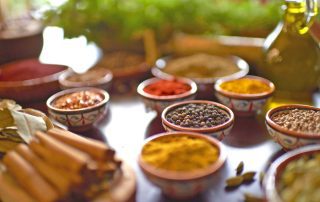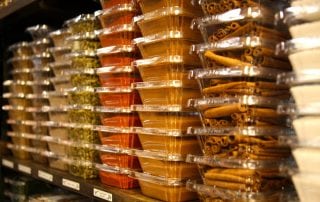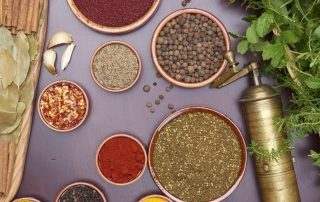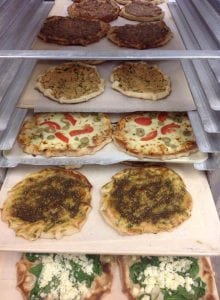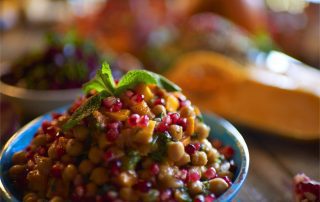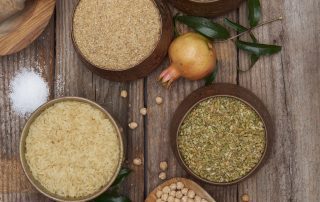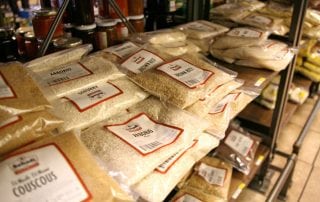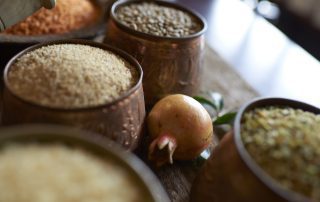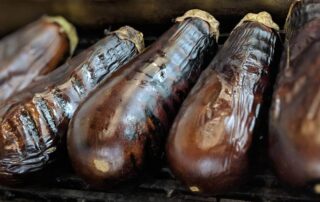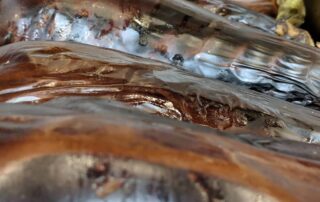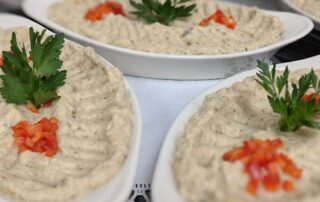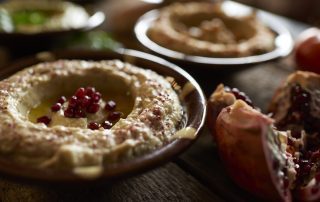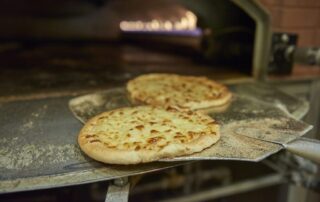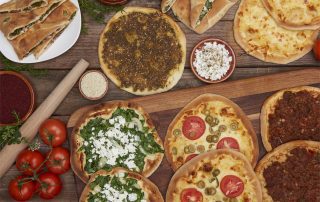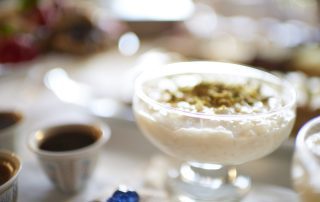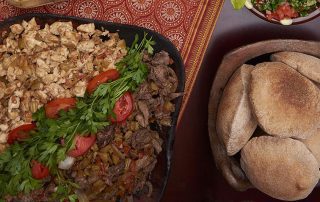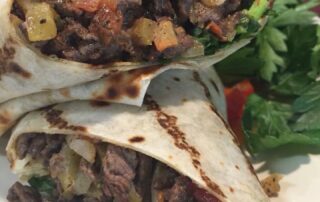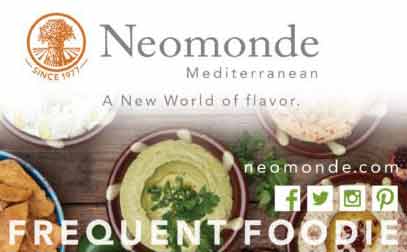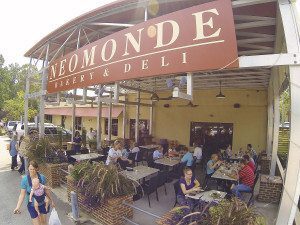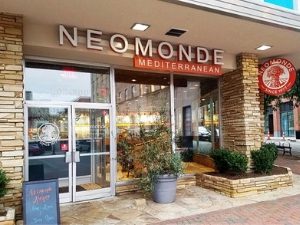What's the Difference Between Greek & Lebanese Food?
(*Scroll down to the 2nd half below to see a concise list of interesting distinctions)
Food is a lot like music.
There is an endless supply of new sounds/flavors always being created, as well as a great many well defined (somewhat) traditions.
Standout differences are often complemented by overlapping similarities.
(we shall NOT weigh in on the debate of where Baklava came from...what we can say though is that food brings out strong opinions...same with falafel...don’t ask a room filled with various Mediterranean nationalities where Falafel came from...trust us).
Trying to understand the unique differences of Mediterranean cuisine is somewhat like examining the influence of Jazz, Rock and Roll, Classical, or any other genre - they feed and build off one another and those before.

21 Countries: The Mediterranean Umbrella
And you would be hard pressed to find an area of the world where there is more of a mixing and fusion of flavors, styles, and ingredients than the Mediterranean - a vibrant region currently made up of 21 countries with a wide and varied history of mercantile trade and hostile clashes of empires and conquerors.
There are distinctions to be made, but first here’s a little excursion through history to see what has led to the food we now call “Lebanese” or “Greek” today, or fit underneath the umbrella of “Mediterranean”.
“The types of food you eat distinguish your country from another country, your group from another group. When new influences come—whether from conquest or colonial exploration or the popularity of a TV cooking show—there is a period of adaptation, and then often the full incorporation of a new technique or ingredient into the country’s culinary lexicon.”
- Smithsonian Magazine
The Phoenicians 1500-332 BCE
This group (they invented the alphabet actually) thrived through their manufacture of prized goods and maritime trade across the Mediterranean sea. Because they were highly skilled shipbuilders and traders, the Phoenicians facilitated the sharing and transfer of spices and ingredients from across the ancient world, spreading once solitary ingredients abroad into the greater world.
Fast forward through Alexander the Great, Rome, and many more, one of the largests influences has come from…
The Middle East: A Hub of Crossroads
This land, referred to by scholars as "The Fertile Crescent", is where a number of staple crops were first cultivated such as: wheat, dates, barley, pistachios, dates, pomegranates, and figs. In fact, the oldest written recipes - beer for example, where fermentation was discovered from the process of leavening bread - were discovered here in Mesopotamia.
As a crossroads between Asia (connected by the ancient "Silk Roads"), North Africa, and Europe, this area has long been a hub of culinary trade. Okra came from Africa. Mongol conquests saw the introduction of spices from India and Indonesia (spice Islands): turmeric, cloves, and peppercorns. Later Spanish conquest (described more below), saw the introduction of "new world" crops, such as tomatoes, to the area.
The land of the Middle East and Mediterranean was primed geographically for the diverse range of food ingredients and culinary influences seen today in Mediterranean cuisine.
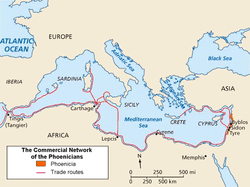
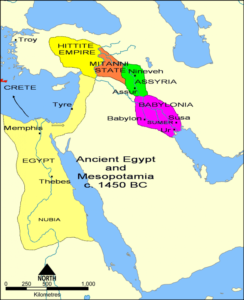
The Ottoman Empire: 400 years (1516 – 1918)
Having ruled over Lebanon and most of what is considered Greece today, this period saw the increased popularity of Lamb, laban (homemade yogurt), stuffed vegetables, olive oils, fresh bread, and a variety of nuts across the many lands of its empire.
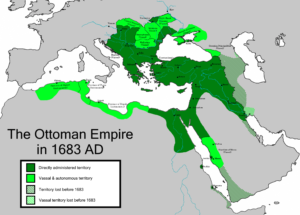
New World to Old World...Back to New World:
Many of our family's “Old World” Lebanese recipes, interestingly have ingredients traced to the New World (America):
“The potatoes and tomatoes that went from the New World to Europe in the Columbian Exchange of the 15th century were first scorned by Old World diners who feared they were poisonous, then in time became emblematic of their cuisines.” (Smithsonian Magazine)
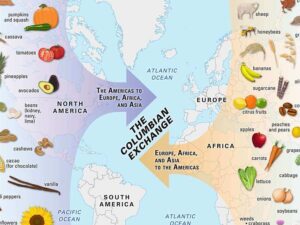
Distinct Lebanese Food Qualities:
- Greater Use of Herbs & Spices: cinnamon, cumin, cardamom, cilantro, parsley
- Sumac (this spice gets its own mention): The dried and powdered fruits of Rhus coriaria are used as a spice in Middle Eastern and South Asian cuisine. Of a nearly purple color, it has a tart flavor similar to lemon and is preferred to lemon for sourness and astringency.
- Zaatar: Sumac is a major ingredient in the central Middle Eastern spice blend. There are several variations but generally consists of - sumac, thyme, oregano, and sesame seeds. (You can find this iconic mix in our Market as well as our deli, including our special "Zaatar Deluxe" Flatbread)
- More Grains: bulgar, cracked wheat, freekeh, barley
- More Legumes: chickpeas, fava & lentils
- More “Tahini”: a condiment made from toasted ground hulled sesame seeds. Tahini is served as a dip on its own or as a major component of hummus & baba ghanouj...
- The Dish “Baba Ghanouj”: A paste similar in consistency to hummus - Roasted eggplant, tahini, lemon juice, garlic & salt. This dish captures a rich smoky flavor profile that is hard to find anywhere else. ( Neomonde Mediterranean prepares it from scratch, everyday - baking or broiling over flame until that perfect searing is done).
- Eggplant is a vegetable used heavily in both Greek and Lebanese cooking, but Baba Ghanouj is particular to Lebanon and other Middle Eastern areas.
- Man’ousheh (check out our blog on this iconic Lebanese food): A staple in every Middle Eastern bakery, these pizza-shaped flatbreads come in countless varieties and flavors - we feature several types which can be found on our "Hearth Oven Flatbreads" menu.
- The word itself comes from the root verb naqasha ‘to sculpt, carve out’, most likely referring to the process where after the dough has been rolled flat, it is pressed by the fingertips to create little dips for the topping to lie in.
Greek and Lebanese: The Similar-ish Comparisons:
(Even similar dishes have unique styles):
- Baklava: A popular sweet pastry found in many cuisines of the Middle East and the Balkans, made of chopped nuts layered with phyllo pastry dough (thin sheets).
- Greek Style: Sweetened w/ Honey
- Lebanese Style: Sweetened with a simple syrup from orange blossoms and rose water (also found in our Market)
- The Greek Gyro & The Lebanese Shawarma: These meat styles are somewhat comparable and usually wrapped in a flatbread sandwich.
- The Cut:
- Greek Style: Sliced
- Lebanese Style: Shredded
- Flavorings:
- Greek Style: Spices mixed into the meat (spices and peppers, powders)
- Lebanese Style: Marinade - Neomonde Mediterranean has a secret marinade sauce that we use to soak our meat in overnight (the result is succulent flavorful meat).
- The Cut:

